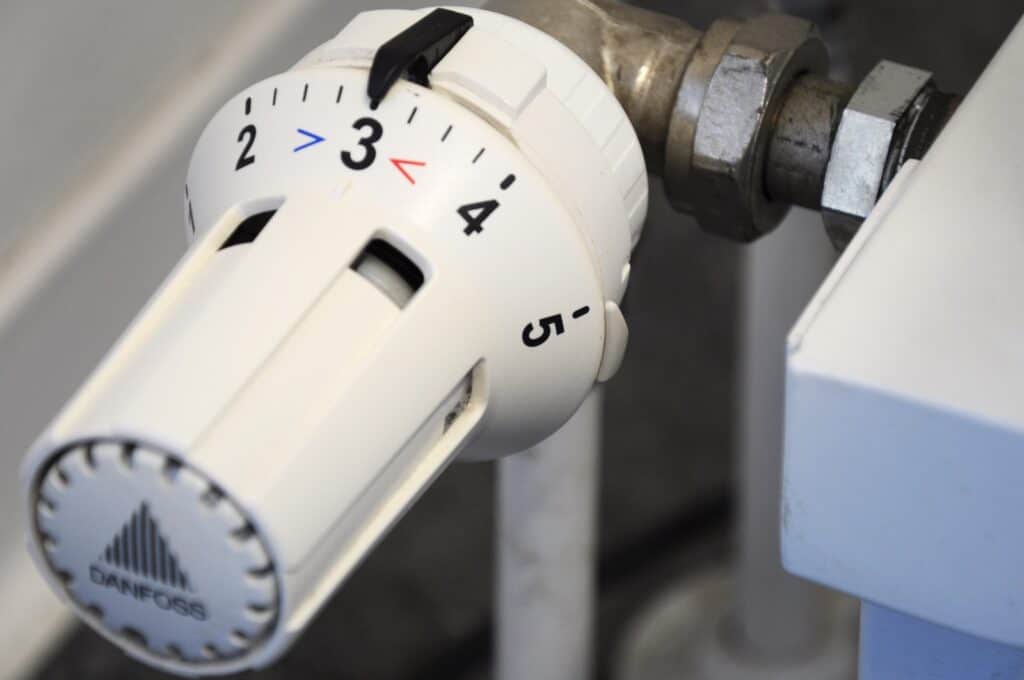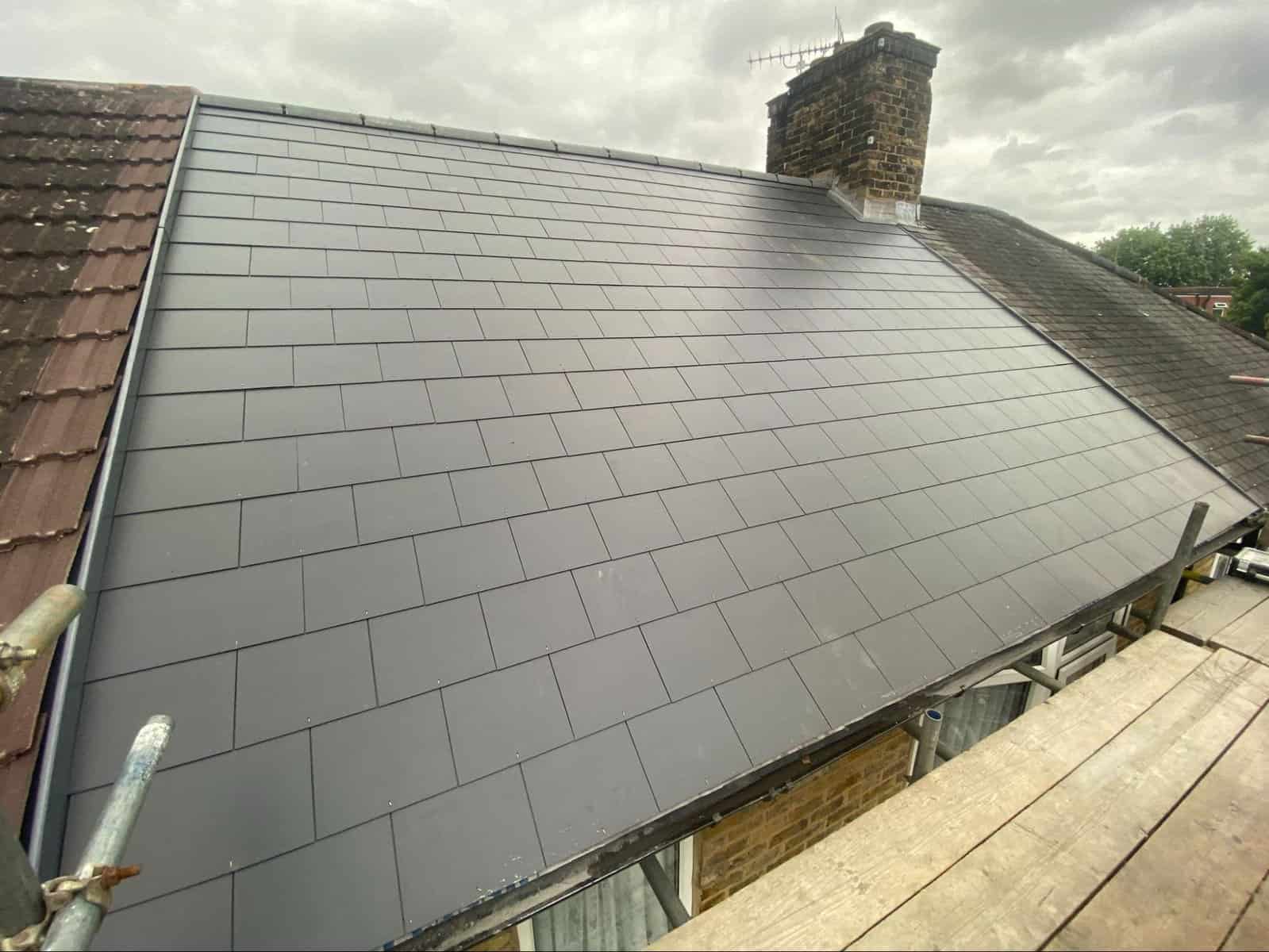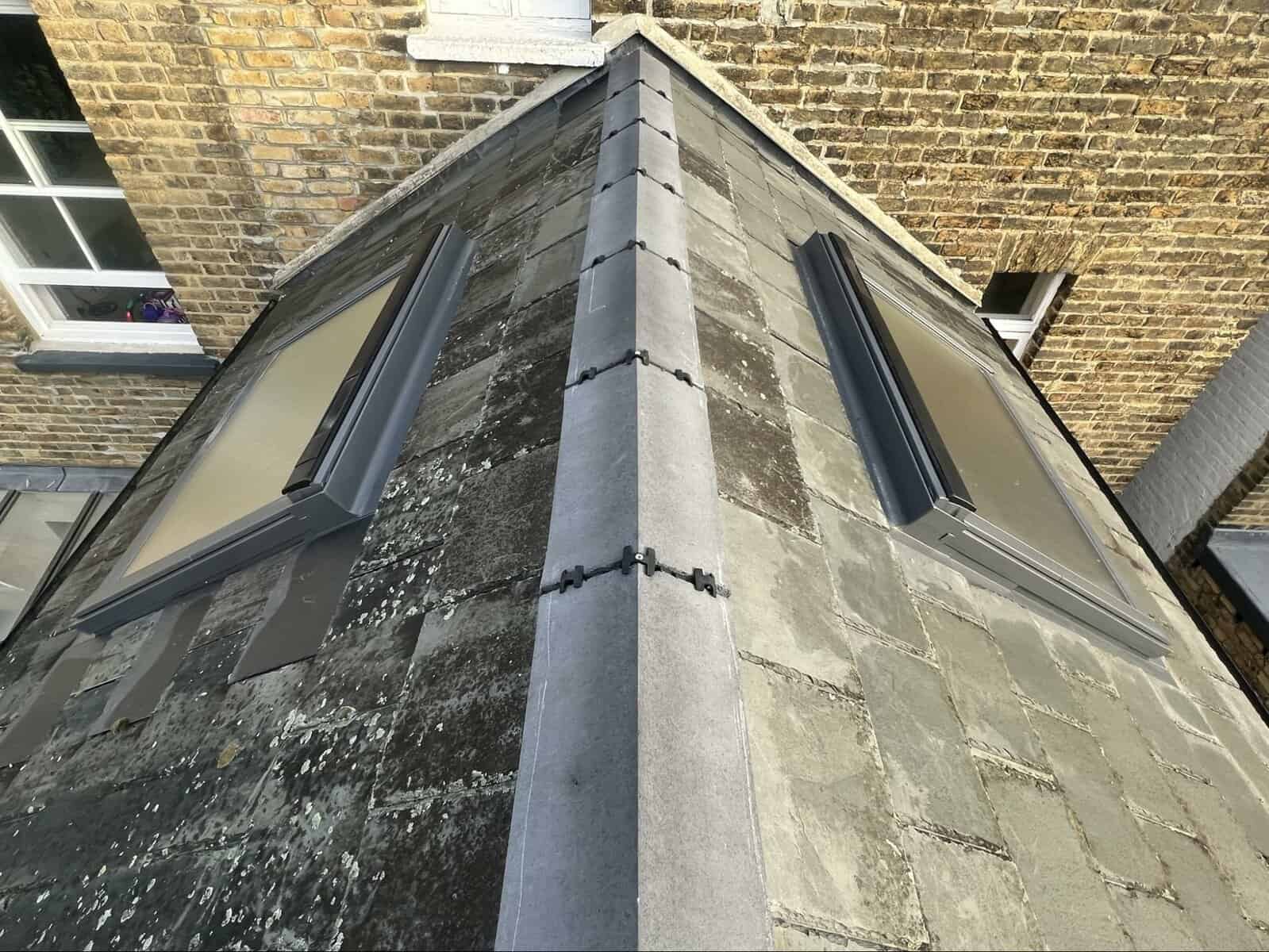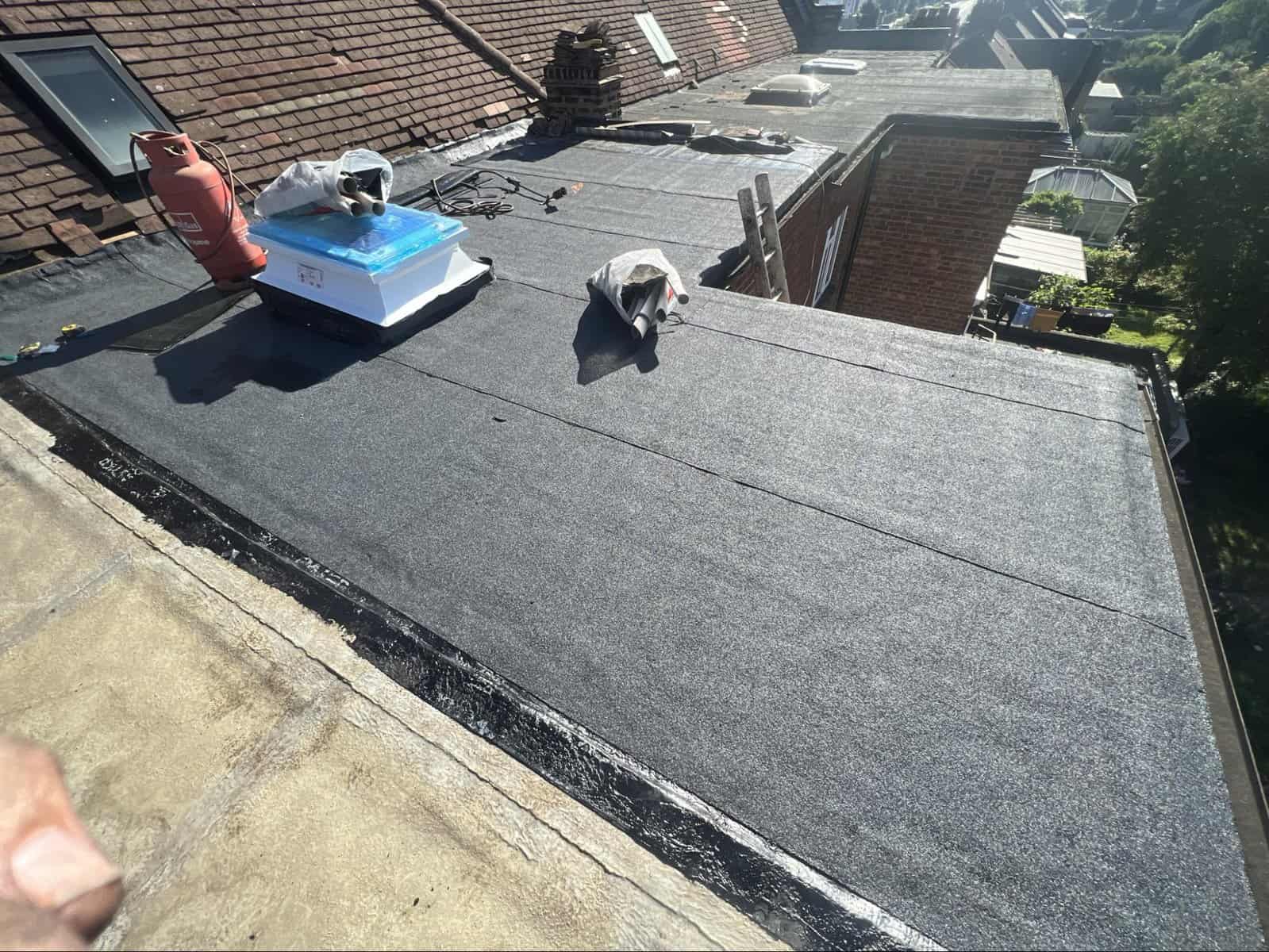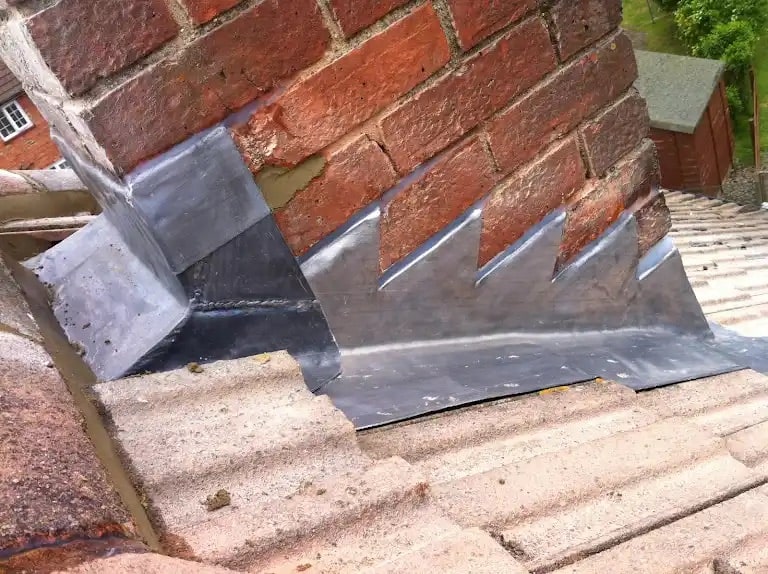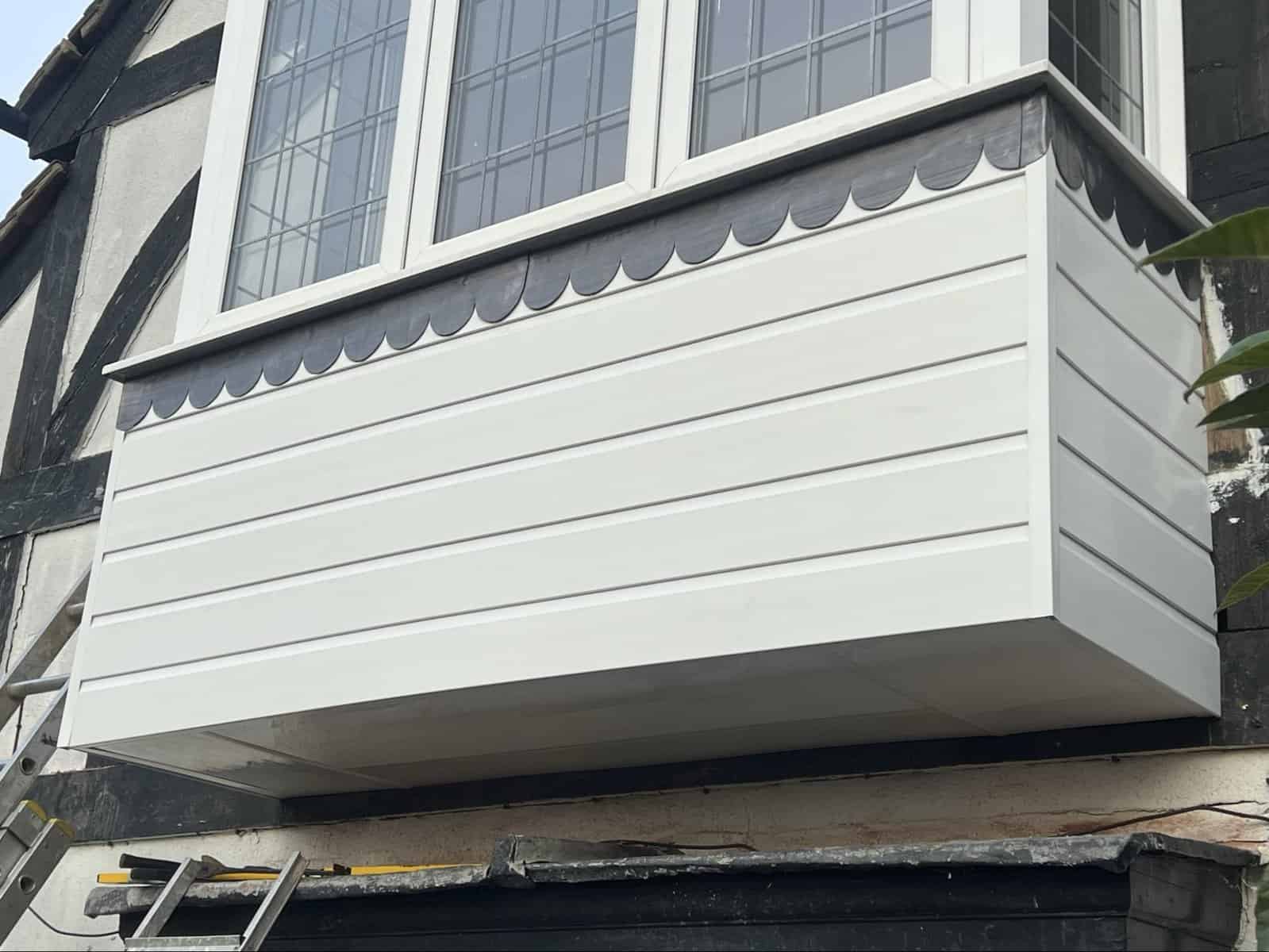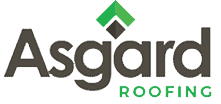How to Insulate a Flat Roof Efficiently and Effectively
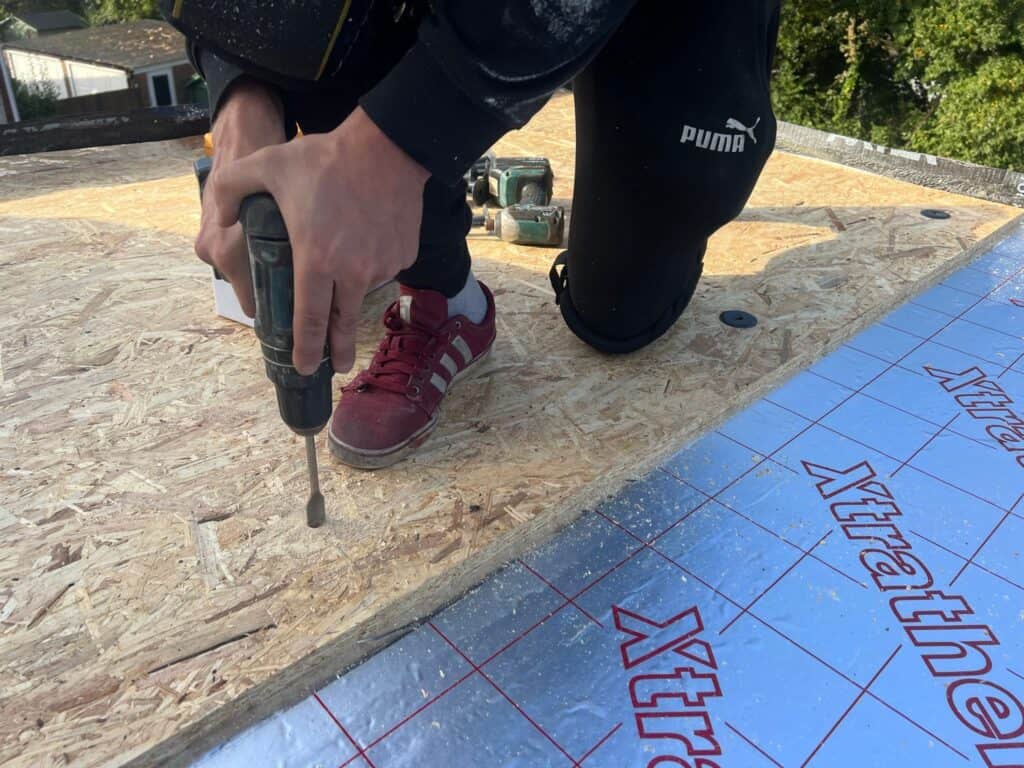
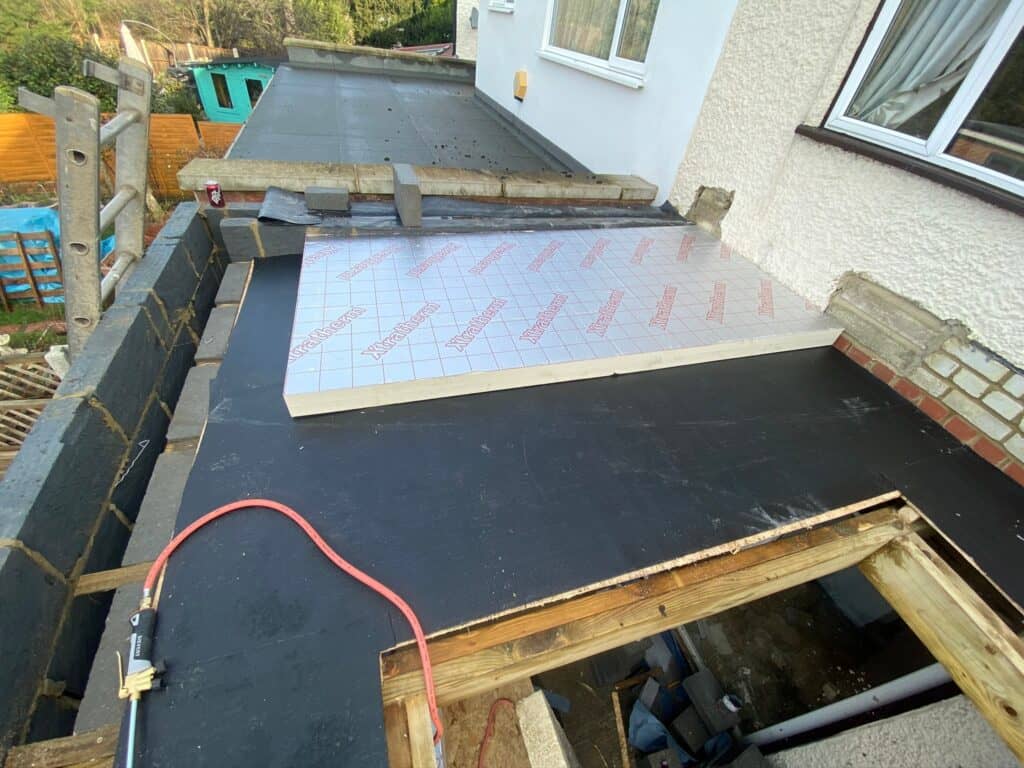
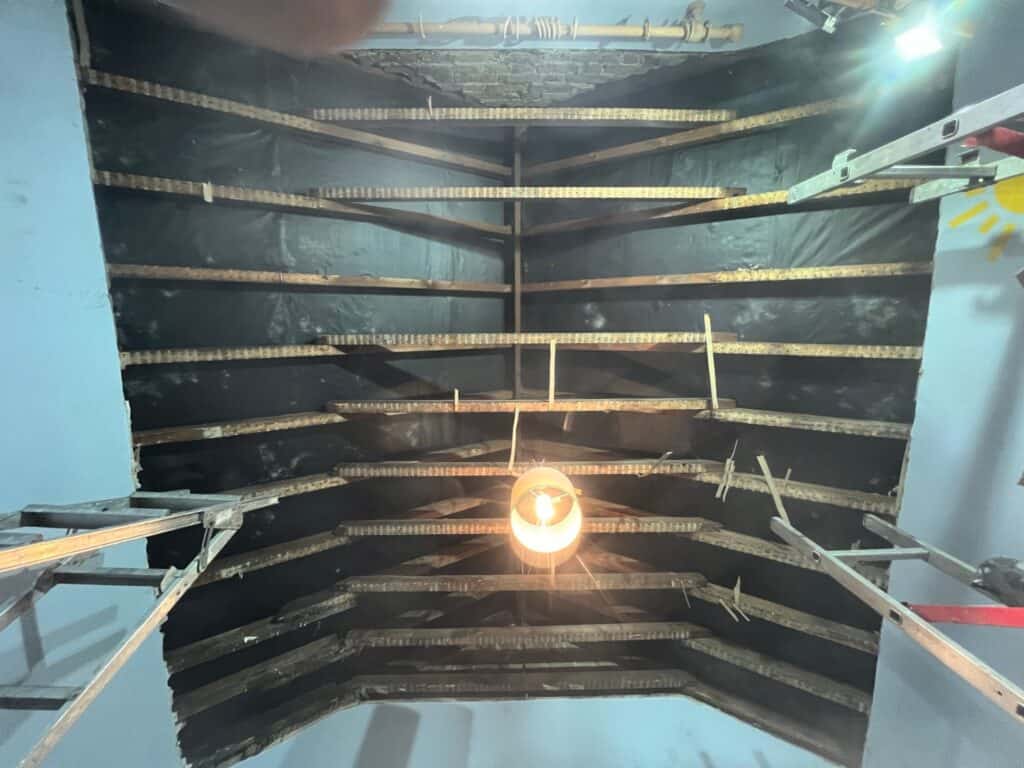
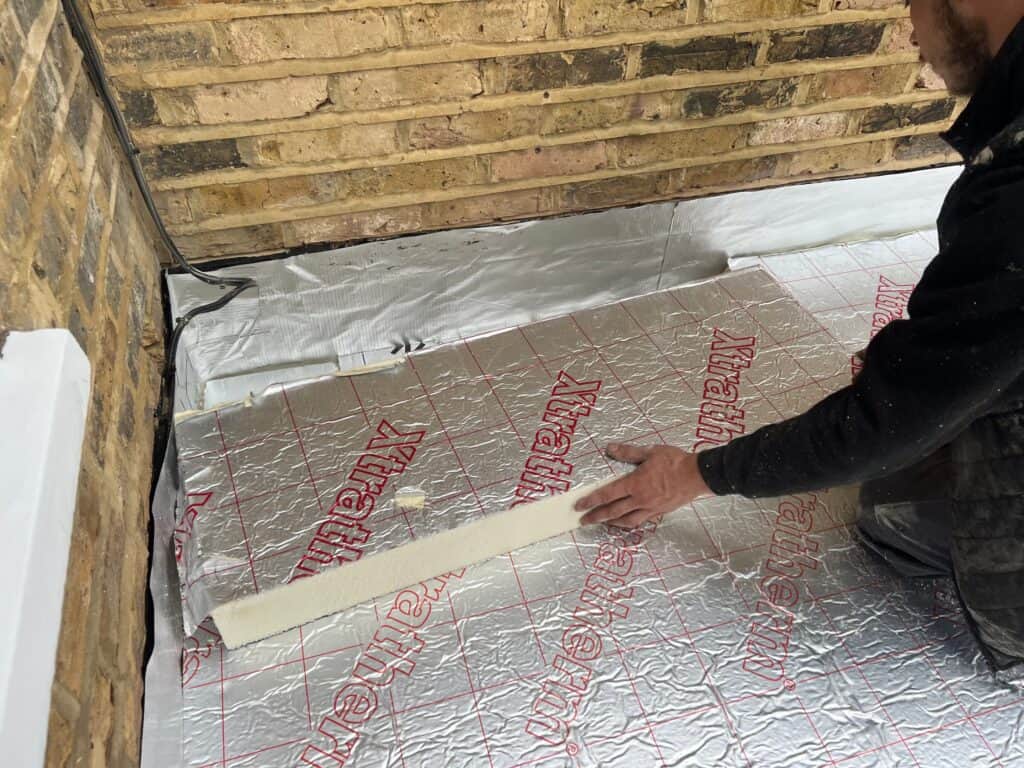

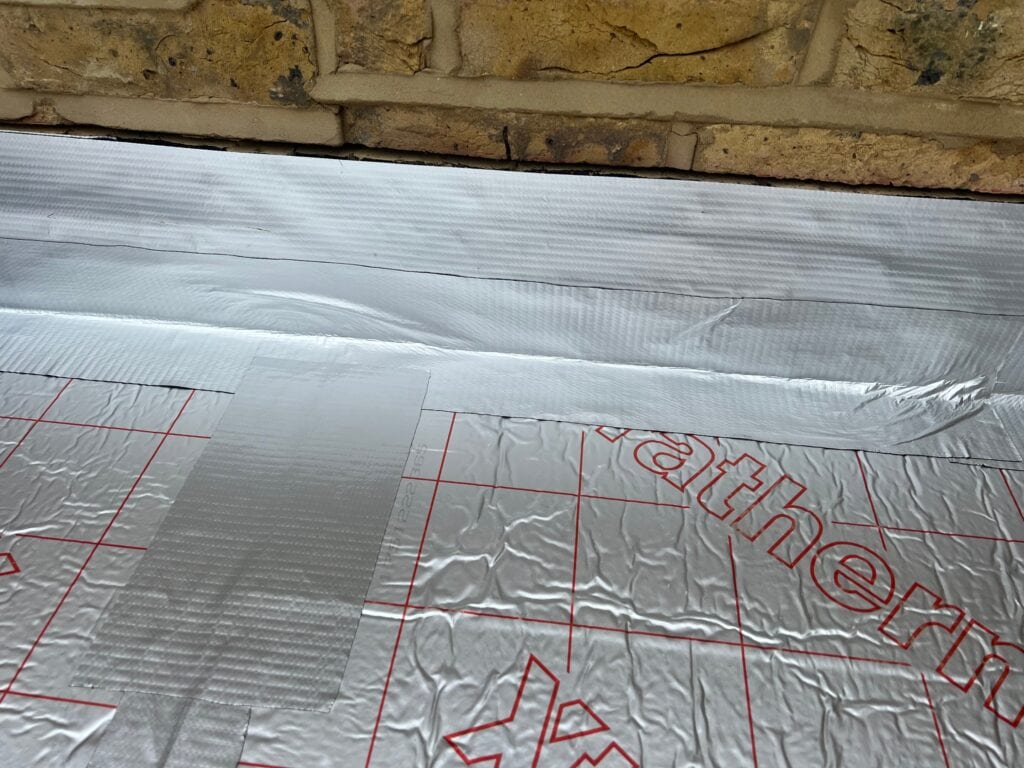
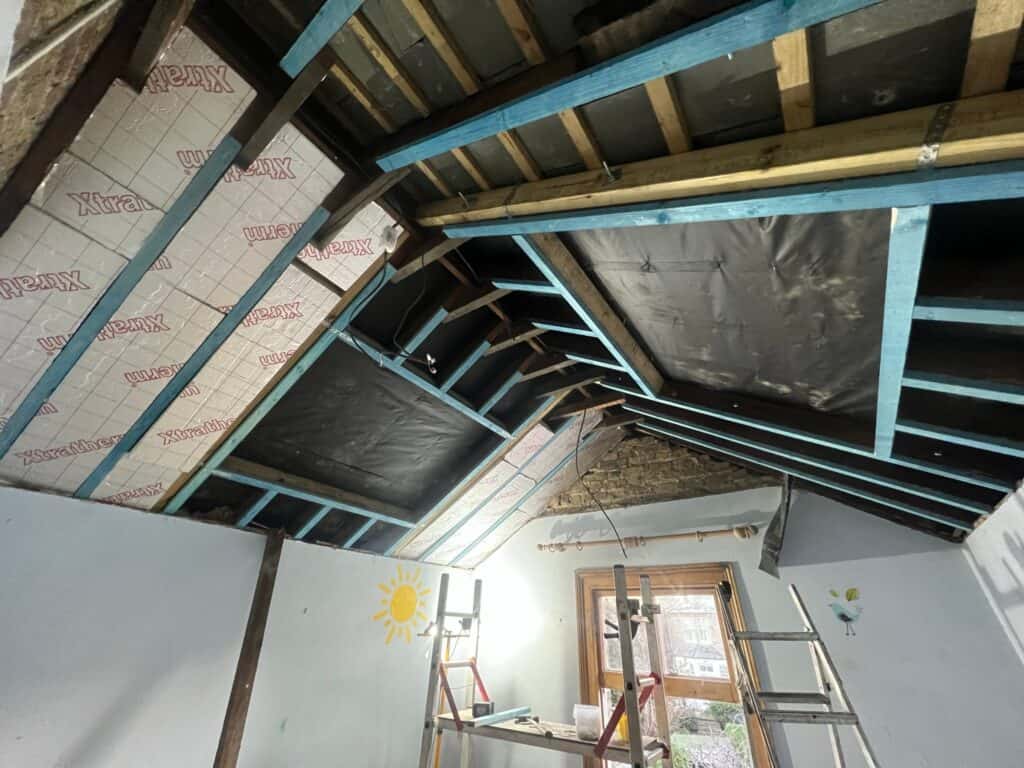
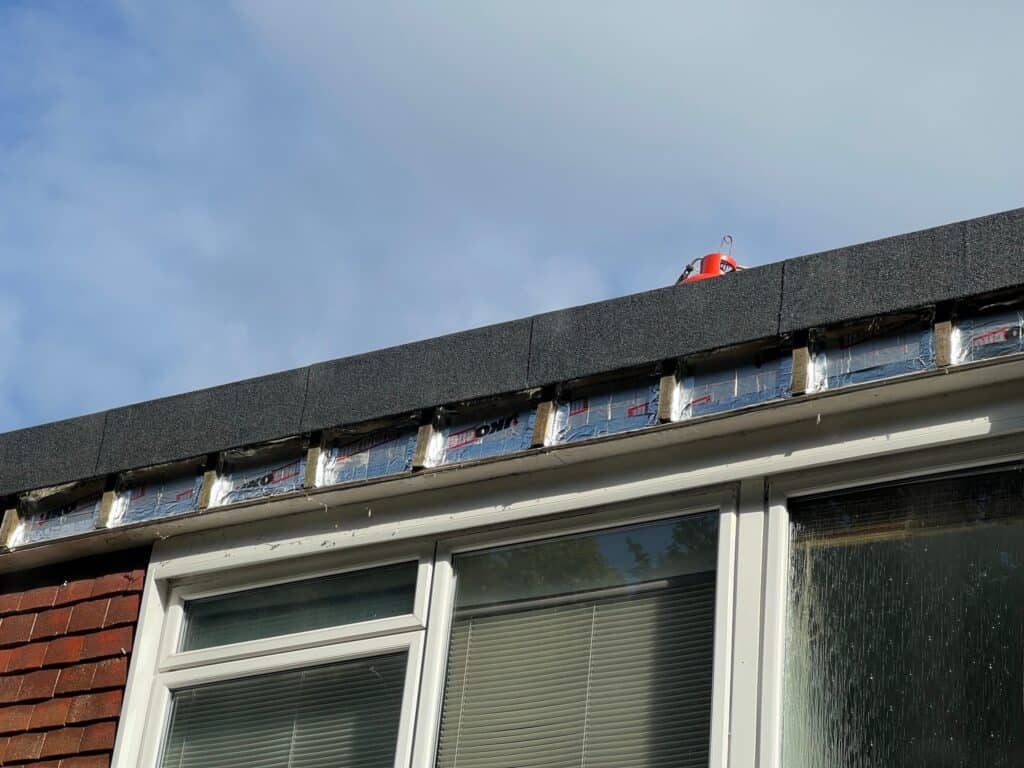
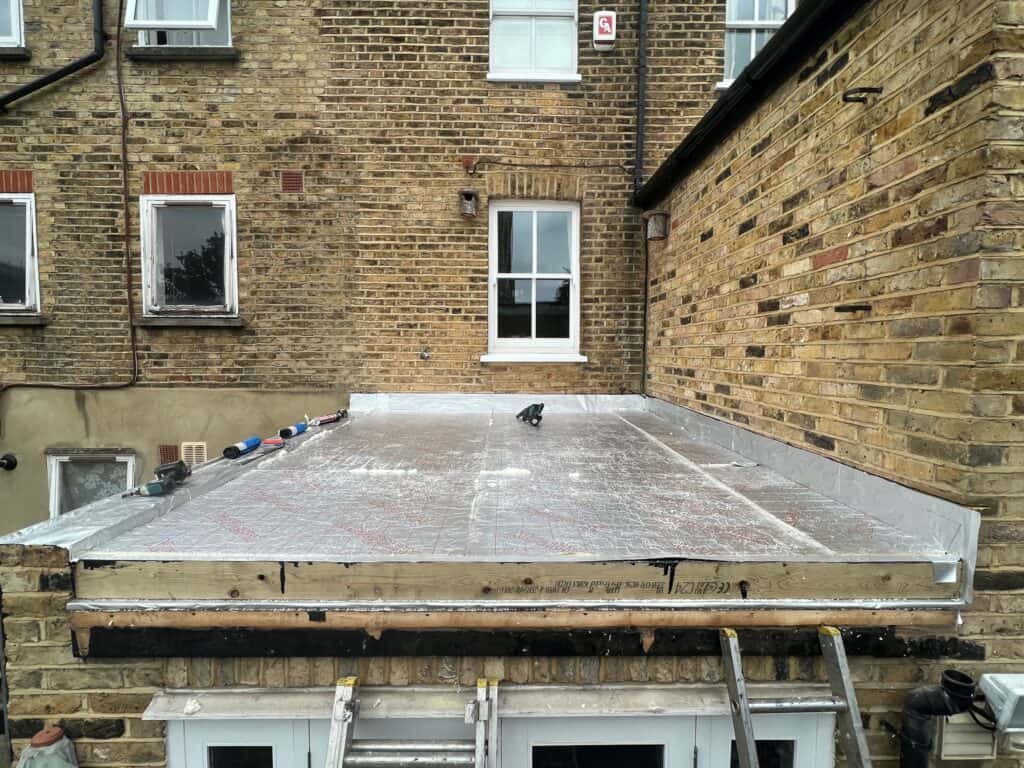

Do you need to insulate a flat roof for better thermal performance? Insulation saves energy and comfort and extends the life of your roof. This guide will show you the best methods, materials, costs and common mistakes to avoid.
Quick Facts
Insulation saves energy by reducing heat loss
savings on energy bills and increased home value.
Different types of flat roofing constructions that need to be insulated, such as cold flat roofs, warm flat roofs, and inverted systems, offer various benefits.
Choosing the right one depends on your needs and budget.
Insulating a flat roof can go wrong. Consult with insulation experts or roofing specialists to get it right and get the most out of it.
What is Flat Roof Insulation
Insulating flat roofs maintains indoor temperatures and reduces energy consumption. Flat roofs lose heat, so insulating is key to improving energy efficiency and comfort. On average, one-quarter of a home’s heat escapes through the roof, which impacts energy bills and carbon emissions.
Upgrading an existing flat roof can save you £230 a year on your energy bills and increase your home’s value by 14%. Insulation limits heat loss, improves thermal performance and protects against outdoor weather conditions.
Types of Flat Roof Insulation
Flat roof insulation systems come in different forms, each with its pros and cons. The main types are cold flat roofs, warm flat roofs and inverted flat roof insulation. Knowing these types will help you choose the right one for you.
In cold roofs, an insulation board, rock wool or glass wool is installed between the ceiling joists, leaving the attic space uninsulated. In warm roofs, insulation boards are fixed above the structural deck and below the waterproof membrane, giving more space to increase insulation thickness and performance. In inverted flat roof insulation, an insulation layer is fixed above the waterproofing layer, protecting it from temperature fluctuations and physical damage.
Cold Flat Roof Insulating
Cold flat roof insulation is fixed between the ceiling or roof joists at the ceiling level. This is the cheapest and easiest to install, perfect for DIYers. However, proper ventilation prevents moisture accumulation and creates a healthy building environment.
In a cold, flat roof setup, a plasterboard ceiling is usually found below the vapour barrier. Loft insulation rolls, glass wool, or insulation boards are placed to fill the gaps between the roof rafters or ceiling joists. This is to sit below the roof deck or roof tiles and can reduce heat loss, but it may not be as effective as other methods.
Warm Flat Roof construction
Warm flat roof construction is installed above the structural deck and below the waterproof membrane. This setup puts the insulating boards on top of the roof structure, which provides better thermal resistance and is easier to install than cold roof insulation. Also, a warm, flat roof insulated structure and design can improve energy efficiency.
The components of a warm flat roof construction system are a waterproof membrane, insulation board, vapour control layer, and timber roof or timber deck topping. This system offers the best thermal performance but can be more expensive due to additional material and labour.
Inverted Flat Roof Insulation
Inverted flat roof insulation puts insulation above the waterproofing layer, protecting it from temperature fluctuations and physical damage. This protects the waterproofing from temperature changes and physical impacts, improves its insulation properties, and extends the roof’s life.
However, the complexity and higher costs can be a drawback compared to other types of insulation. However, the added protection and durability make it worth it for many homeowners.
Flat Roof Insulation Materials
Choosing the right materials from the many insulating options for flat roof insulation is crucial to getting the best performance. Depending on the roof’s requirements, different materials with different properties can be used. Trusted brands like Rockwool, Recticel, and Kingspan offer high-performance insulation boards with good fire ratings and thermal performance.
PIR boards, XPS, and mineral wool are popular insulation materials. Each has its own advantages, from thermal resistance to moisture control to soundproofing. Knowing these materials will help you decide on your flat roof insulating project.
Polyisocyanurate (PIR) Boards
PIR boards have high thermal resistance, with an R-value of 5.6 to 7.0, and are good insulation. They are lightweight, fire-resistant, and can last up to 50 years if protected from water absorption. However, protecting PIR boards from water is crucial to maintaining their effectiveness. The average cost of PIR boards is £12.50 per square meter, so they are cost-effective and durable for flat roof insulation.
Extruded Polystyrene (XPS)
XPS insulation is known for its moisture resistance and good thermal performance. Its durability makes it a long-lasting option for flat roofing, maintaining stable indoor temperatures and preventing water accumulation that can cause structural damage. XPS insulation’s good thermal performance improves energy efficiency, which is why many homeowners prefer it.
Mineral Wool
Mineral wool is known for its soundproofing and thermal insulation. This material insulates and reduces noise pollution, which is ideal for urban areas. Its thermal properties make it a versatile option for many flat roof insulation projects, as well as comfort and cost savings in heating.
Insulate Flat Roofs from the Outside
Insulating a flat roof from the outside involves several steps. First, place plywood or OSB board onto timber joists and fix them with helical fixings to create a solid base. Then, install a vapour control layer (VCL) to prevent condensation. Make sure to apply butyl or tapered down at all penetration points.
Cover the VCL with a waterproof membrane. Choose from single-ply, built-up felt, or mastic asphalt. Consider the complexity of the installation and the materials needed to maintain the roof’s structure and life.
Insulate Flat Roof from the Inside
To insulate a flat roof from the inside, start by placing either 12mm of plywood or OSB board onto the timber roof joists to create a solid base. The insulation in a cold flat roof is installed between the timber joists. Make sure to ventilate to prevent moisture buildup.
After the insulation is installed, add a ventilation layer to prevent condensation and moisture accumulation. The final step is to reinstall the plasterboard ceiling, which completes the insulation.
How to Choose Insulation for Your Flat Roof
Choosing the right insulation for your living space and flat roof involves many factors. Higher R-values mean better thermal performance, energy savings, and indoor temperature. Budget is also important; more expensive materials often provide better thermal performance and durability.
Consult a professional. They can help you choose the best insulation for your flat roof, considering cost, performance, and sustainability. Eco-friendly options like PIR boards are perfect for those who prioritize sustainability.
Cost for Flat Roof Insulation
The cost to insulate a flat roof deck or pitched roof depends on the materials. The total cost is between £30 and £35 per square meter. Closed-cell spray foam insulation is around £70 per square meter. EPS insulation is around £10 per square meter, one of the cheapest options.
Insulation can save up to 40% of energy costs, and the investment can be recouped in a few years. Considering the long-term savings, the initial insulating cost is worth it.
Advantages of Proper Flat Roof Insulation
Properly insulating flat roofs reduces energy consumption, carbon footprint, and environmental sustainability. Well-installed insulation also provides thermal and acoustic benefits, including indoor comfort and overall energy efficiency.
Proper roof installation also controls condensation, prevents moisture buildup and extends the roof’s life. Insulating an existing flat roof is a crucial part of any energy-efficient home.
Common Mistakes to Watch Out for in Flat Roof Insulation
Poor planning and a lack of expertise are common mistakes in flat roofing projects. DIY projects without proper knowledge can lead to costly mistakes. Consult an insulation professional before you start your project. They can ensure proper installation of the waterproofing membrane and maximize the benefits of your project.
Conclusion
Insulation is key to consistent indoor temperature, energy savings, and roof structure protection. Different types of insulation methods, cold, warm, and inverted flat roofing insulation, have their own benefits. Choosing the right insulation materials and process is important for optimal performance and cost savings.
Homeowners can increase their homes’ thermal efficiency, value, and comfort by understanding the importance of a thermal layer and avoiding common mistakes. Insulation is the way to a more sustainable and cost-effective future.
FAQs
How much can I save on energy bills?
Insulating a flat roof can save you £230 per year on your energy bill. This is an investment in reducing energy consumption and making long-term savings.
What are the benefits of warm flat roof insulation?
Warm roof construction has a thicker insulation board, is easier to install and protects the building from temperature fluctuations, making it a good choice for energy efficiency.
Why consult a professional for flat roof insulation?
Consult a professional for flat roof insulation, as it ensures proper installation, maximises energy efficiency and minimises mistakes. Get support and more solutions from roofers or insulation experts.
UPFRONT PRICING WITH NO HIDDEN EXTRAS
What you expect to pay for
- Experienced & vetted tradespeople
- 24 hour availability for all trades
- Dedicated technical support team
- Aspect Guarantee on workmanship
- Peace of mind from trade accreditation
- Parts and materials used
- Transport & ULEZ Fees
What you won’t pay for
- Cost of parking
- Fuel or travel time
- Congestion Charges
OUR ROOFING WORK LOOKS AMAZING
We’re confident that we have the best looking new roofing installations, roof repairs and guttering in South London. Our windows and skylights look great as well!
OUR GOOGLE REVIEWS SPEAK FOR THEMSELVES!
reviews from our clients across South England
By choosing Asgard Roofing, you will be working with fully insured roofers with over 20 years’ experience and a superb track record that reflects our core values:
Customer commitment
With quick response times and hassle-free communications, we aim to put the trust back into the roofing trade by building trusting relationships with all our customers.
Honesty and fair pricing
Providing a personal service with a commitment to integrity never using salesman techniques, just providing solutions on the work that needs doing at a competitive price that is hard to beat.
Workmanship done with pride
You never need to worry about compromising quality with us. Using only the best in materials and manufacturers and install by us like we were working on our own homes.
Asgard Roofing are fully affiliated and proud members of Checkatrade, click here to view our full profile and our 10/10 reviews.
ABOUT ASGARD ROOFING
A Roof Contractor You Can Count On
Asgard Roofing is a family run business, with three generations of roofers working within its ranks. Being Morden based we have been working proudly and successfully within the communities of South London, & Surrey for many decades.
We are proud to be fully affiliated with CORC confederation of roofing contractors this allows us to provide insurance backed guarantees of on our work. We are also proud members of Checkatrade, this is a great place to see our genuine customer reviews.
We take pride in our comprehensively creative and flexible approach to the services we provide. From simple periodic maintenance to urgent repairs and complete roof replacements, we’ll do what it takes to exceed your expectations at a price you can afford.

AREAS WE COVER
roofing services for south london and surrey
Asgard Roofing work with both residential, commercial and industrial customers in areas such as Morden, Wandsworth, Epsom, Tooting, Croydon, Dorking, Chessington and Clapham, to name a few.
We cover all aspects of roofing and all our work is carried out by our in-house tradesman that always work within the BSI standards.
Get in touch
Do you need roofing services or roofing solutions? Let’s work together on your next roofing project!
Covering Surrey and South London
Mon – Sat: 8am-6pm | Sun: Closed
LOOKING FOR SOMETHING ELSE?
Check out these service pages or use the menu above to view all services

